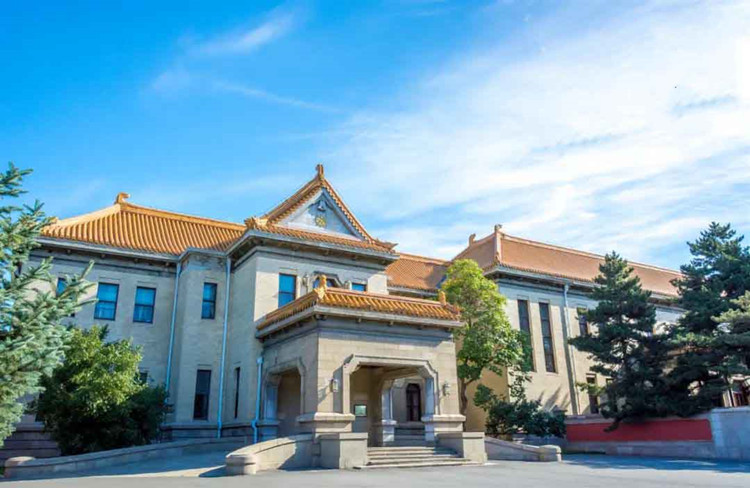
As a national 5A tourist attraction and a national excellent patriotism education base, the Museum of the Imperial Palace of Manchukuo is located in the north of Guangfu Road, Changchun City. It was built on the former site of the Puppet Manchurian Palace, which is one of the three existing palace sites in China.
The Puppet Manchurian Palace is where the last emperor of Qing Dynasty, Aixinjueluo Puyi, lived when he was the emperor of Manchukuo. The Palace witnessed the Japanese occupation and the fascist colonial domination in Northeast China. The Palace covers an area of 137,000 square meters. Its main part, namely the core protection area, is 46000 square meters, and the rest is the auxiliary part.
The main component of the Puppet Manchurian Palace is a group of two-story small buildings with yellow glazed tiles covering the roof, including the Qinmin building, Jixi building and Tongde hall. These three small buildings are of unique style and combine Chinese and Western architectural patterns. The scenic area is divided into three parts: the eastern education area, the central tourist area and the western recreational and cultural area. The eastern education area is based on the exhibition hall of Japanese occupation history. The exhibition titled "never forget Sep 18 - historical facts of Japan's occupation of Northeast China" is held in the museum, which displays more than 1000 historical relics, including original audio-visual materials, relics proving Japanese crimes, and testimony of witnesses collected from Japan, Russia, the United States and other countries. The central tourist area, covering an area of 46,000 square meters, has maintained the original architectural style, composed of the Qinmin Building where Puyi handled business, the Tongde Hall which is a composite of office, recreation and living functions, the Huaiyuan Builing which was used to worship the ancestors of the Qing Dynasty, the Jixi Building where Puyi lived his daily life, and Jiale Hall for holding large-scale banquets. In addition, there are other ancillary facilities in the East and West including two royal gardens, buildings for painting and calligraphy, a swimming pool and so on. The western recreational and cultural area highlights the royal flower cellar, royal racecourse, forbidden guard barracks and auditorium. Audience’s participation is taken into consideration.